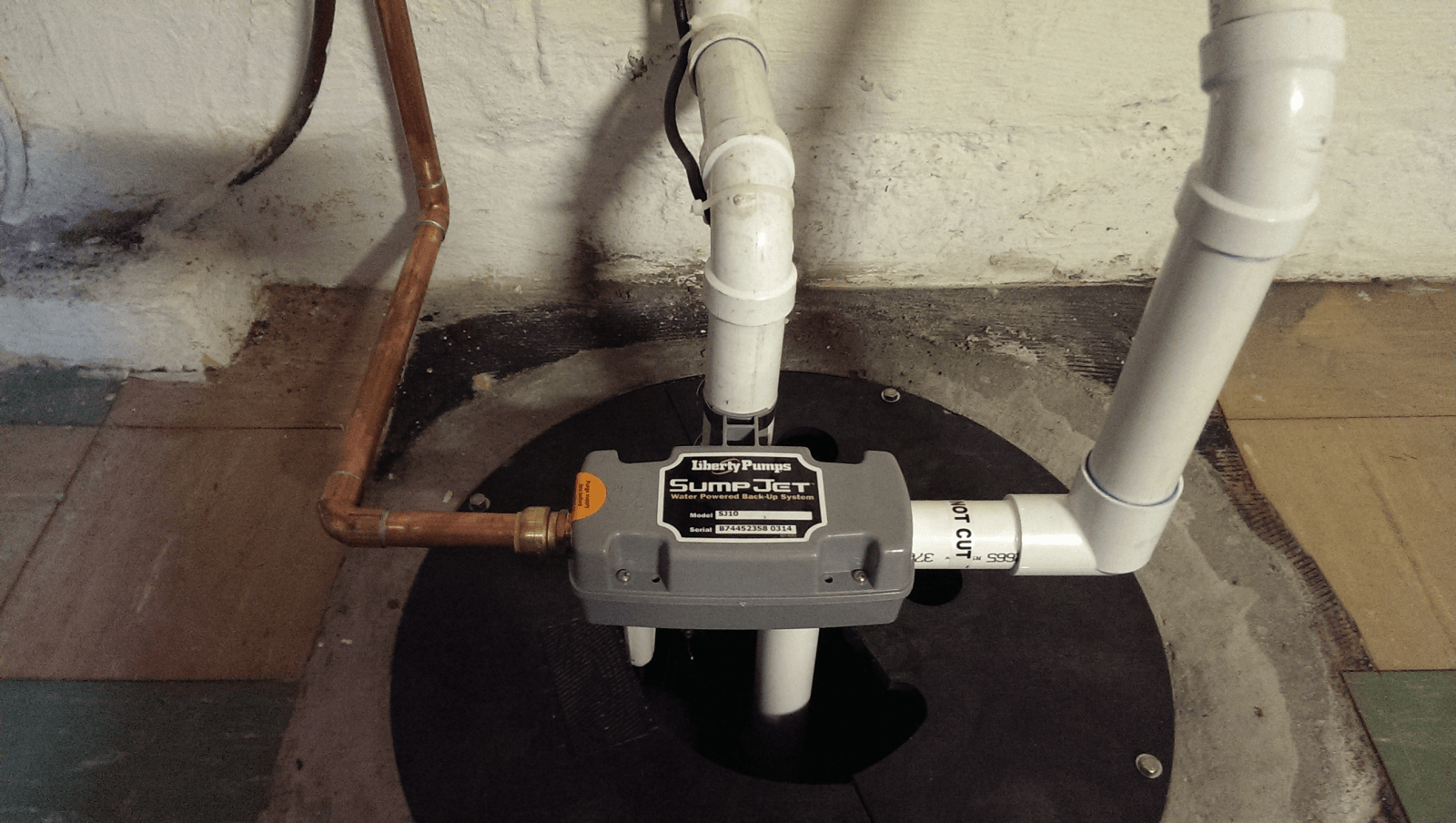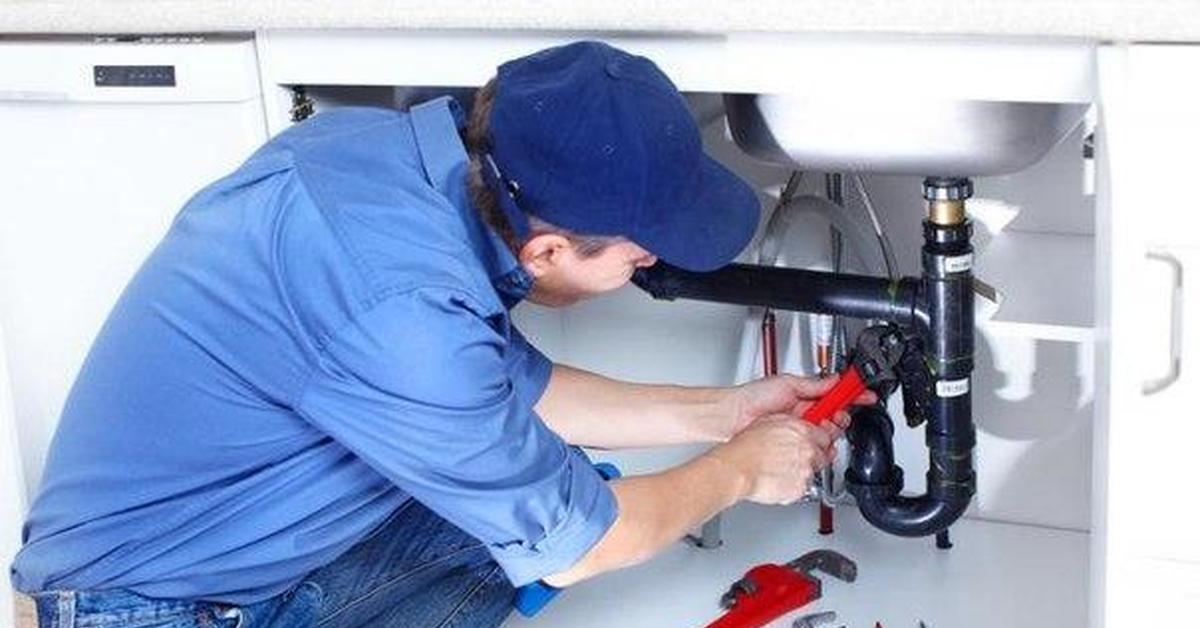An airlock in a water pump can be a frustrating problem, causing reduced water pressure, sputtering, or even a complete blockage of water flow. Whether you’re dealing with a residential water pump, a well pump, or an industrial water system, knowing how to remove airlock from a water pump effectively can save time, money, and effort.
This guide provides a step-by-step breakdown of airlock removal techniques, including manual methods, professional troubleshooting, and preventative measures to ensure smooth water flow in your system.

What is an Airlock in a Water Pump?
An airlock happens when air bubbles become trapped inside the pump or pipes, blocking the smooth flow of water. This problem is common in systems where water supply is intermittent or when the pump has been turned off and restarted.
Common Signs of an Airlock
- No water or reduced water flow from taps or outlets
- Water sputtering instead of a steady stream
- Gurgling noises in pipes
- Pump running but not pumping water efficiently
- Frequent priming issues in jet pumps or well pumps
Causes of Airlock in Water Pumps
Understanding the root cause of an airlock helps in selecting the right solution. The following are the most common causes:
- Improper pump installation – Incorrect placement of pipes and fittings can lead to air accumulation.
- Low water levels – If the water source drops below the pump intake, air gets drawn into the system.
- Leaks in suction lines – Any small leak in the suction pipe can introduce air pockets.
- Sudden pressure changes – Rapid opening or closing of valves can create vacuum pockets in the system.
- Pump not fully primed – A partially primed pump can trap air in the impeller housing.
- High points in pipework – If pipes have an upward bend, air bubbles can get trapped at the highest point.
How to Remove Airlock from a Water Pump
1. Manual Airlock Removal (Gravity Method)
This method works best for domestic water pumps and household plumbing systems.
Step-by-Step Instructions:
- Turn off the pump and close all taps.
- Identify the highest water outlet (such as a bathroom sink or outdoor hose bib).
- Open the highest tap fully and let it run.
- Gradually switch on the pump to let the trapped air release and restore water flow.
- Once the sputtering stops and the water runs smoothly, close the tap.
✅ Best for: Residential booster pumps, well pumps, and small irrigation pumps.
2. Hosepipe Method (Reverse Water Flow)
This method forces water backward through the system to remove trapped air.
Step-by-Step Instructions:
- Attach a hosepipe to a tap with strong water pressure.
- Connect the other end to the affected pump or pipe.
- Turn on the high-pressure tap to force water through the system, clearing any trapped air.
- Keep it running for 3–5 minutes to flush out air pockets.
- Disconnect the hose and test the pump.
✅ Best for: Central heating pumps, shower pumps, and sump pumps.
3. Bleeding the Pump (Manual Priming)
For pumps with a priming screw or bleed valve, manually removing air is an effective solution. Get Information about: Abu Dhabi City Tour
Step-by-Step Instructions:
- Turn off the pump and locate the priming screw or bleed valve.
- Carefully open the valve to release the trapped air from the system.
- Pour water into the priming hole (if applicable) until full.
- Close the valve and restart the pump.
✅ Best for: Jet pumps, centrifugal pumps, and diesel water pumps.
4. Using a Non-Return Valve
A non-return valve (check valve) can prevent air from entering the pump and improve efficiency. Read About: Desert Safari Dubai
Installation Process:
- Turn off the pump and drain the system.
- Install a non-return valve at the suction end.
- Ensure proper sealing to prevent leaks.
- Restart the pump and check for smooth operation.
✅ Best for: Borehole pumps, well water systems, and submersible pumps. Read More: F36 bus schedule
5. Professional Methods (For Persistent Airlocks)
If DIY methods fail, professional solutions may be required.
- Power Flushing – High-pressure water flow helps remove airlocks from larger systems.
- Air Vent Installation – Automatic air vents remove trapped air continuously.
- Re-piping – If airlocks occur frequently, restructuring the plumbing layout can help.
✅ Best for: Industrial water pumps, HVAC circulation pumps, and commercial water systems.
For expert assistance, check out our water pump repair service.
How to Prevent Airlocks in Water Pumps
Preventing airlocks is more effective than repeatedly fixing them. Here are key prevention strategies:
1. Proper Priming Techniques
- Always fully prime the pump before use.
- Regularly check and refill the priming chamber.
2. Install Air Release Valves
- Air release valves automatically expel trapped air, preventing blockages. Read More: AC Repair in Riyadh
3. Maintain Correct Pipe Slope
- Avoid high points in pipework where air can accumulate.
4. Regularly Check for Leaks
- Even a small suction leak can introduce air pockets into the system.
5. Use a Foot Valve with a Strainer
- A foot valve installed at the suction end blocks air from entering the system.
- Strainers help keep debris from entering and blocking the system.
For expert guidance, visit our water pump repair Dubai page.
FAQs About Removing Airlocks from Water Pumps
1. How Long Does It Take to Remove an Airlock?
- Using manual methods, airlocks can be removed in 5–15 minutes.
- Persistent airlocks may require professional intervention.
2. Will an airlock fix itself?
- In some cases, air can escape naturally over time.
- However, manual removal is recommended to restore water flow faster.
3. Can airlocks damage the pump?
- Yes, prolonged airlocks cause cavitation, which leads to pump damage.
4. What if my pump keeps getting airlocks?
- Check for leaks in suction pipes.
- Install an air vent or non-return valve.
Final Thoughts: Removing Airlocks Efficiently
Knowing how to remove airlock from a water pump is essential for maintaining an efficient water supply system. Whether you’re dealing with a booster pump, well pump, or irrigation system, using the right method ensures smooth operation.
Key Takeaways:
✔ Use gravity, reverse flow, or priming methods for quick airlock removal. ✔ Prevent future airlocks with check valves, air vents, and proper pipe installation. ✔ Seek professional help for persistent or complex airlock issues.
For professional help, check out our water pump repair service.

